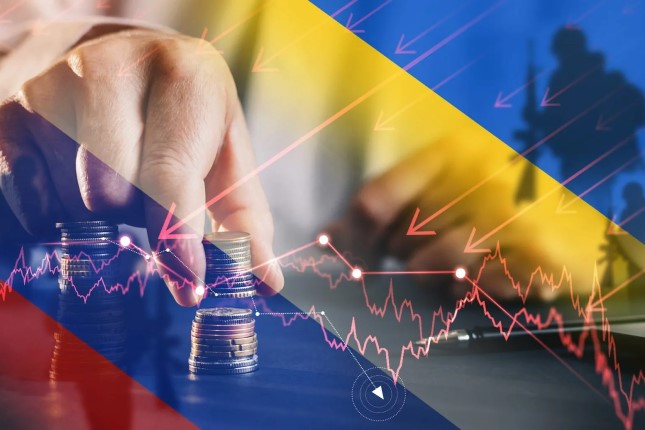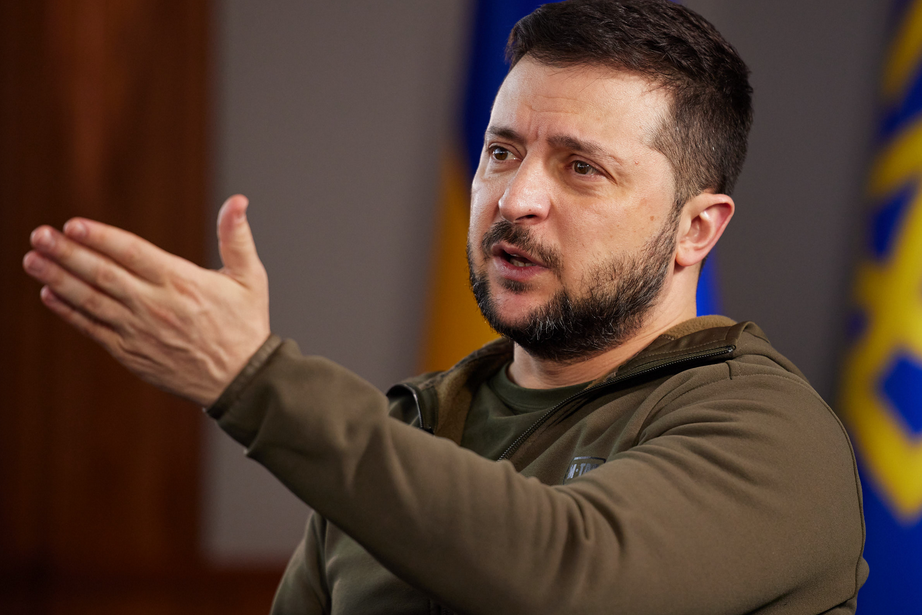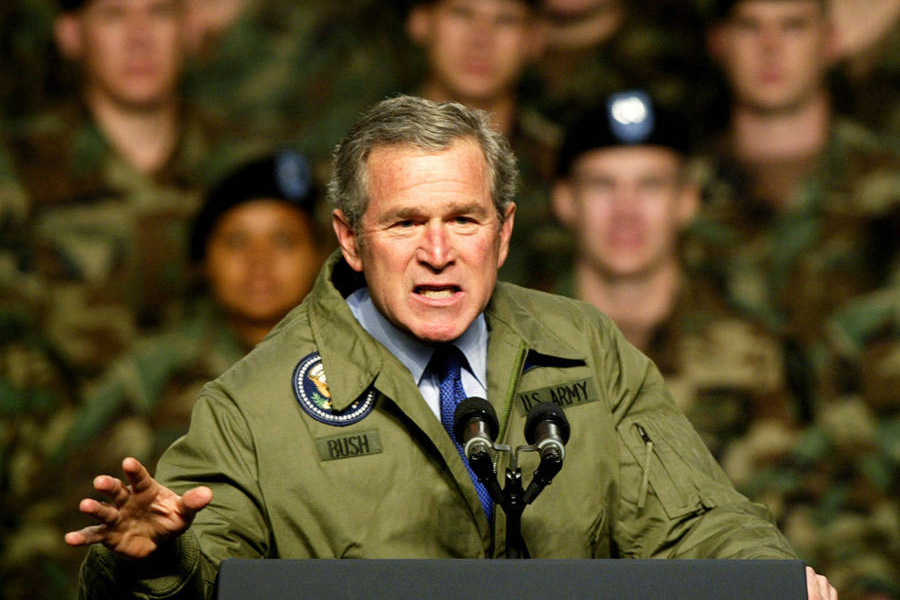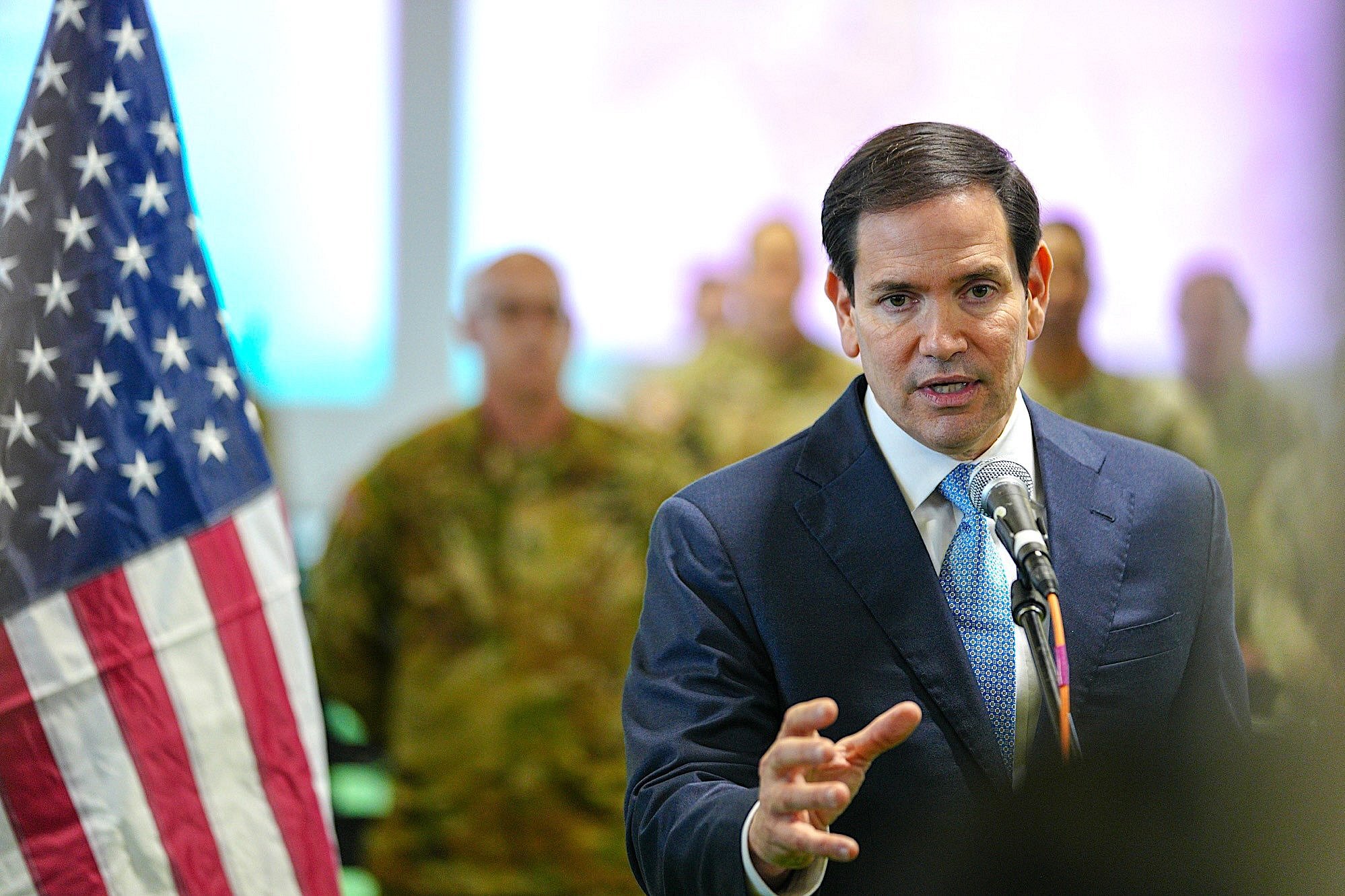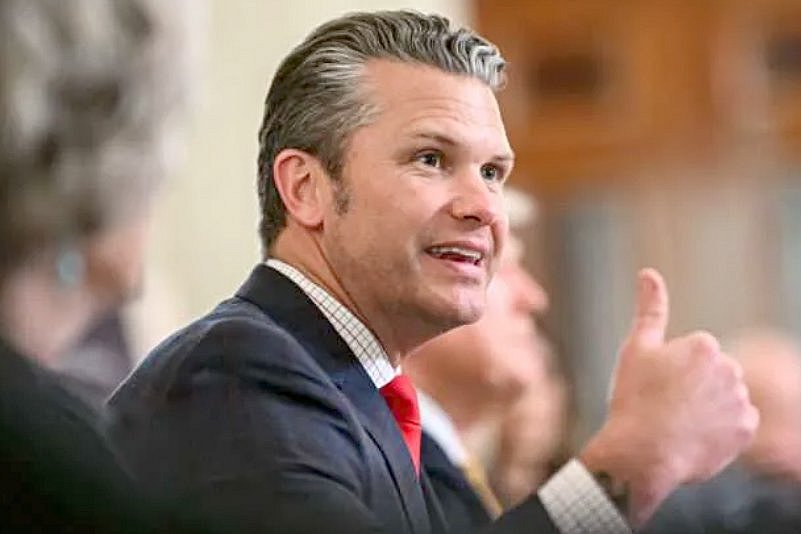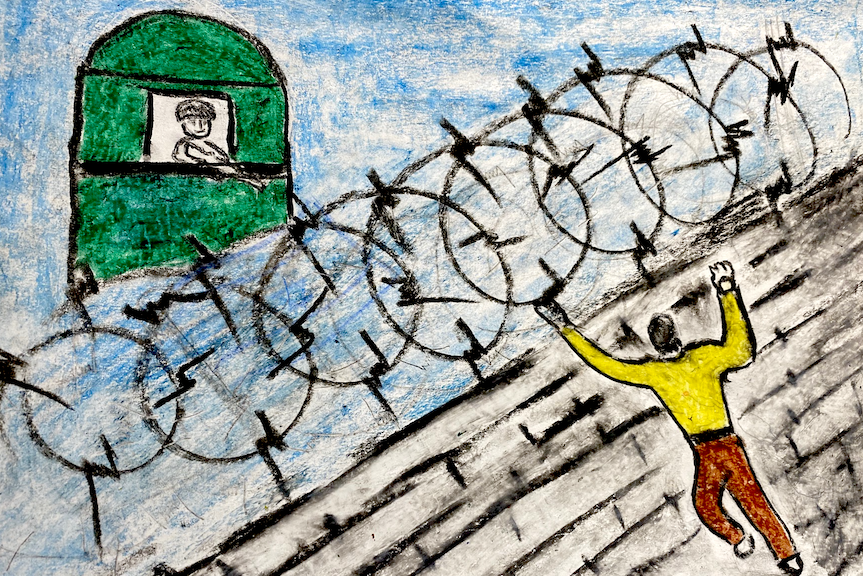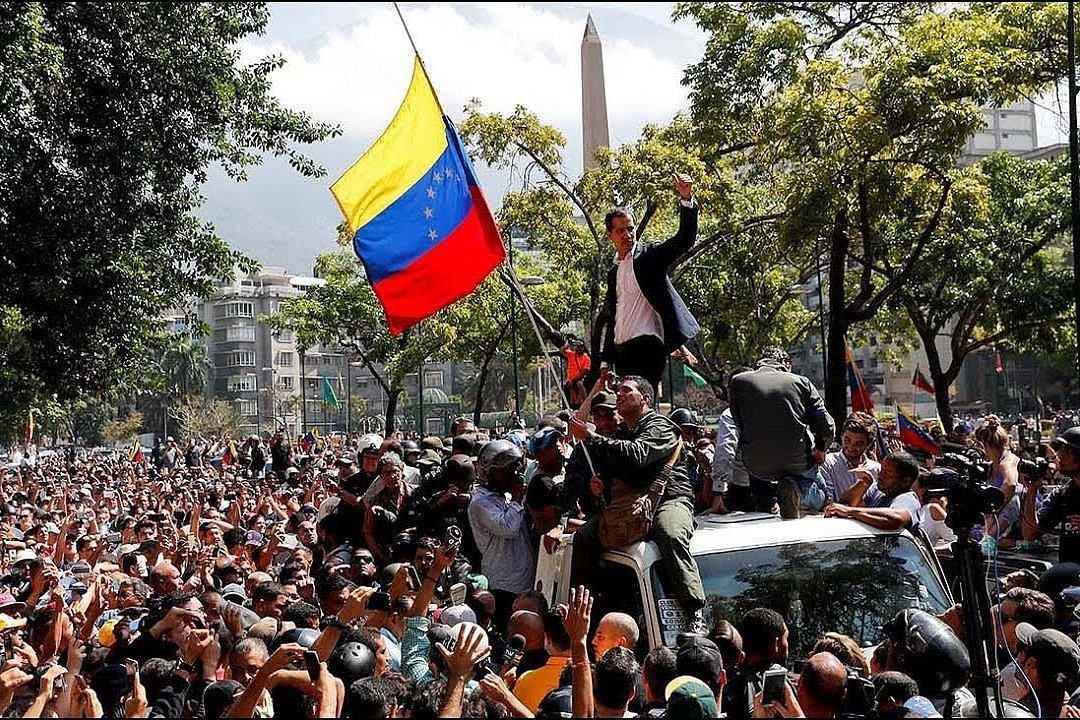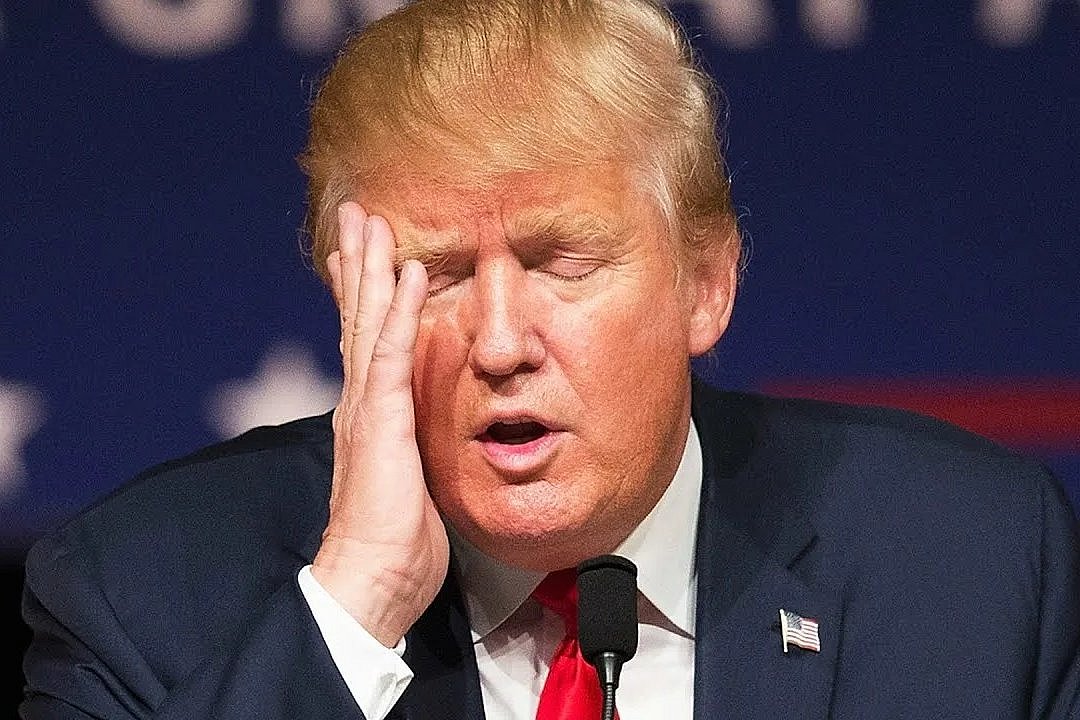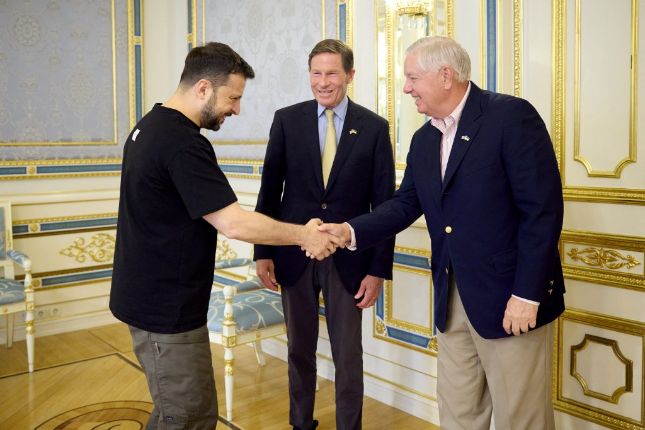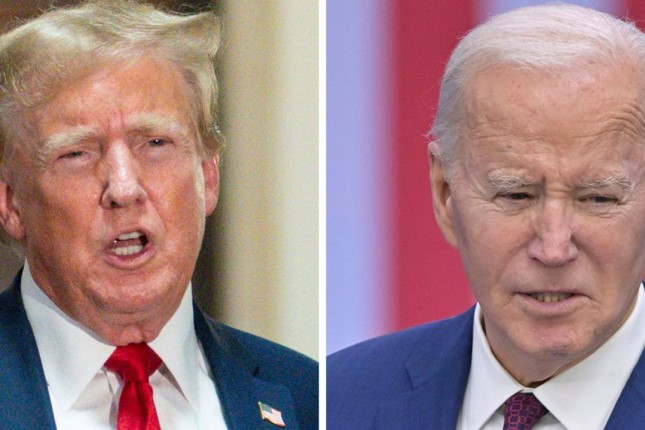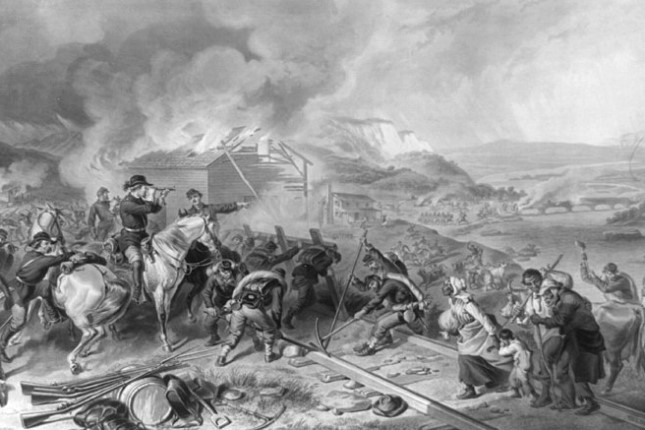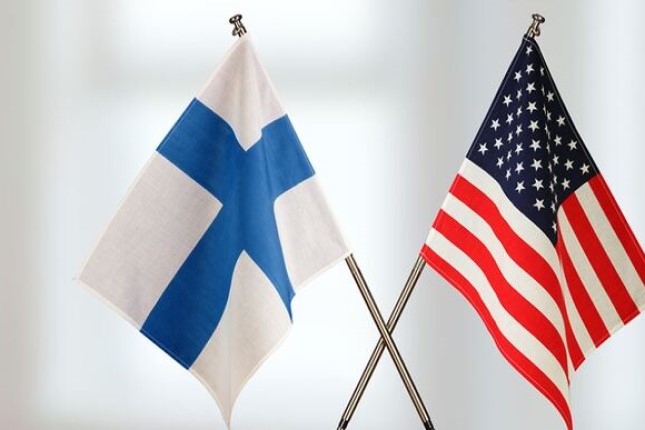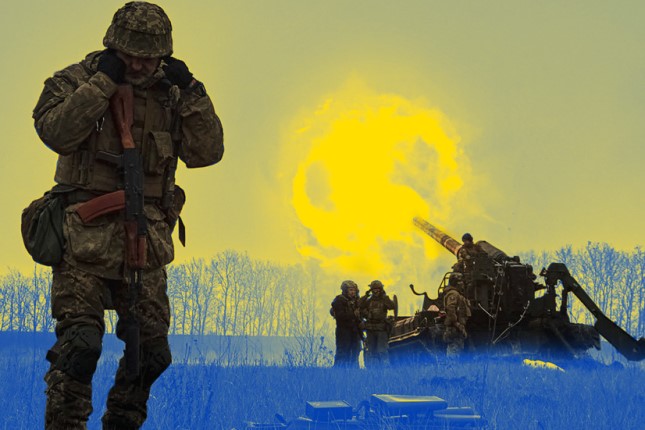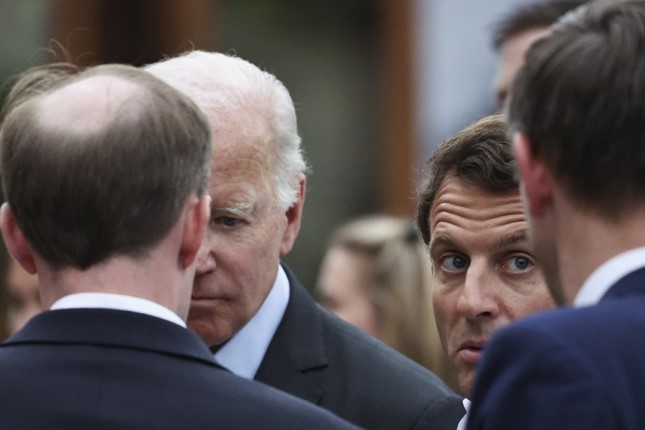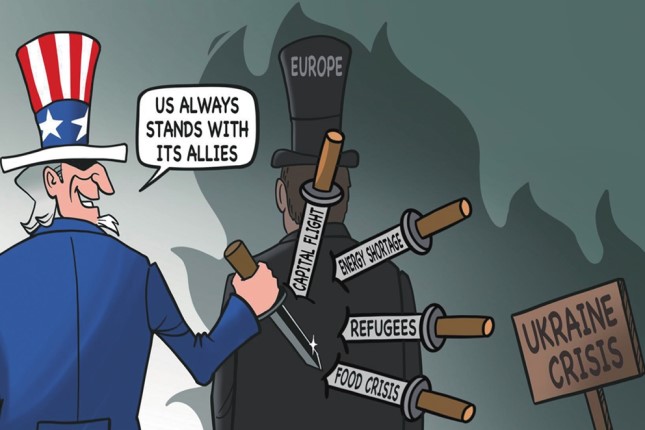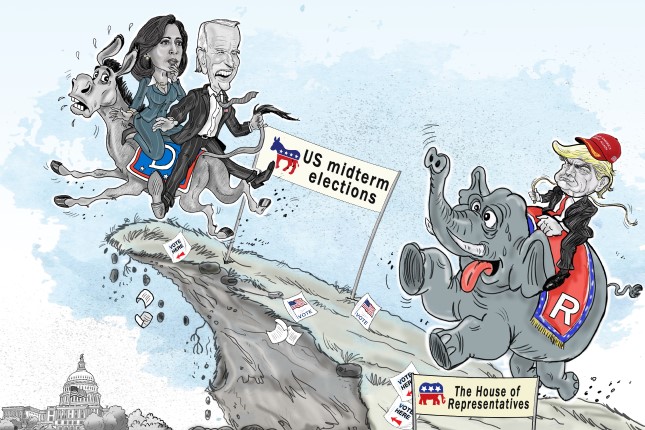Put another way, the country that can outspend its rival in military endeavour will ultimately prevail.
To defeat Russia, Ukraine would need economic resources that it does not have and will not be able to obtain.
It isn’t just that Ukraine’s economy is now more than ten times smaller than Russia’s. The problem runs much deeper. Since the Ukraine crisis started in 2014, Ukraine has ducked opportunities to enact the structural reforms it needs to tackle deep-seated corruption and diversify/strengthen its economy.
Ukraine needed either to set a course towards an economic model that exports and has spare capital to invest, including overseas, or towards an economic model that is comfortable to import and can attract foreign investment to offset the difference. At the moment, Ukraine is neither and it can’t make the cardinal shift while war is raging. Real economic reform in Ukraine has therefore sat in the pending tray for a decade.
Data from the National Bank of Ukraine shows that the country consistently imports more than it exports. Not since 2022. Since 2006, the year after the Orange revolution. While on average, Ukraine’s yearly trading shortfall was $11bn in the ten years before war broke out, that figure almost tripled to $31.6bn in 2022 and 2023. Yes, exports of goods have fallen since war broke out, by 17% and 30% in 2022 and 2023 respectively compared to the average. But, critically, imports of services have also doubled since 2021. Ukraine’s trading surplus in services amounted to $3bn p.a. between 2012 and 2021; since 2022 it has slumped to a deficit of $9.8bn.
Service imports have in large part been driven by the large scale relocation of Ukrainians to other countries. Ukrainian people spending Ukrainian money in other countries counts as an import, just as spending by foreign tourists in London counts as a service export for Britain. For Ukraine, that imbalance won’t be resolved until war ends and its citizens return en masse.
Why does this matter? When a country imports more than it exports, it burns up supplies of foreign currency. If it runs out of foreign currency, then it can’t pay for imports and external debt. Just look at what happened in Sri Lanka in 2022, which ran out of reserves and defaulted for the first time in its history. Functional economies avoid this trap by attracting foreign investment, look at the US and the UK for example, which consistently run deficits but maintain healthy foreign exchange reserves.
Ukraine, however, isn’t a functional economy. Few foreign companies are making productive investments in Ukraine, and this challenge dates back to 2014, and the onset of the Ukraine crisis. Foreign investment into Ukraine’s private sector since then has averaged a paltry $2.2bn p.a. compared to $15.6bn p.a. from 2010 to 2013. That’s mostly because investors generally avoid zones of conflict and war. But it is also partly driven by the power vertical in Ukraine in which a handful of Oligarchs maintain an iron grip on business interests across the country.
The war hasn’t changed and won’t change that fundamentally negative economic picture. Ukraine can’t attract significant foreign capital while at war. And efforts to boost its exports have run into headwinds, particularly in Europe, with EU farmers rebelling against the flood of cheap imports from Ukraine.
So Ukraine needs to depend on a friendly lender of last resort. In the Soviet Union, that would have been Russia. Today, it is western donor nations. Look at Ukraine’s balance of payments and you’d see that it received on average $5bn p.a. in secondary income between 2010 and 2021; largely hand-outs from other governments. In 2022 and 2023 respectively it received massive inflows of $28bn and $24bn, to help stabilise its current account and prevent a collapse in foreign exchange reserves.
More concerning, with Kyiv now spending an astonishing half of its ballooning budget on defence it has been forced to go to the lenders as well, borrowing a staggering $40bn in the two years since 2022, or almost one quarter of its current GDP. That’s a 2000% increase in central government borrowing compared to the average in the ten years prior to war. After much huffing and puffing, Victor Orban reluctantly agreed the EU’s most recent programme of support to Ukraine, amounting to 50bn Euro which runs to 2027. But 33bn Euro of this is loans, equating to another 19.9% of Ukraine’s current GDP.
Today, Ukraine’s gross external debt is already around 90% of GDP. In a downside scenario, the EU has predicted that Ukrainian debt could hit 140% of GDP as early as 2026. If that doesn’t worry you, it should. With war widening Ukraine’s current account deficit, western nations will need to provide ever greater amounts of macro-financial assistance just to prop up the country’s reserves. Because if Ukraine ran out of reserves and had to devalue the Hryvnia, then it would simply not be able to service its debt and would go into economic meltdown, requiring even greater western assistance.
Across the line of contact, much boiler plate analysis is churned out daily about Russia’s putative economic woes, but what does the data from Russia’s Central Bank tell us? Despite the structural challenges it faces, and notwithstanding the legally questionable freezing of $300bn (or around half) of its foreign exchange reserves, Russia is anything but short of liquidity.
With western journalists blowing a collective raspberry at the rouble’s collapse after war broke out, Russia nevertheless brought in a staggeringly large current account surplus of £238bn in 2022. That’s more than Ukraine’s pre-war yearly economic output, and over two times the value of western financial and military assistance to Ukraine in 2022. It is almost four times larger than Russia’s average current account surplus in the ten preceding years. Russia’s current account surplus stabilised to $50bn in 2023, which is consistent with the long-term trend, and from the first two months of data, may come in slightly higher in 2024.
The Russian economy is trimmed to export and reinvest earnings. The country hasn’t run a yearly current account deficit since 1998, the year it defaulted. Largely because of this, Russia has very low external debt, at less than 20% of GDP. Russia’s military spending could rise to 10% of GDP this year, with defence spending comfortably outstripping Ukraine’s by three times. It doesn’t need to borrow significantly and has enough liquidity left in the tank to fund huge social programmes, which mean consumer spending in the economy remains strong.
Russia’s current economic model brings downside risks in terms of the country’s inability to diversify into new, more value-adding sectors of industry. These risks have been acknowledged by Putin but are too long-term to affect decision making on Ukraine. For now, Russia holds a significantly better economic hand in prosecuting an attritional war.
No credible western military analyst now predicts a complete victory by Ukraine in this war that would push Russia back to its pre-war (let alone pre-2014) lines. But, in any case, it is clear that victory hinges on the balance sheet, more than on the battlefield. Ukraine will never have the economic resources it needs to out gun Russia. So, setting aside issues of weapons’ supplies to Ukraine and, indeed, who will pay the reconstruction bill when war ends, how long are western powers prepared to keep plying Ukraine with more debt as it prosecutes an unwinnable war?
The economic policy no-mans-land that Ukraine has chosen to occupy didn’t start in 2022, but rather in 2014, when the Ukraine crisis began. We were told that Ukraine wanted to make a ‘European choice’ and cast off the rusted-over shackles of Soviet era mismanagement. It is therefore an irony that western assistance has not prompted a genuine and meaningful effort at reform in Ukraine that would speed the process towards eventual EU membership. Rather, it has created and will continue to solidify a state of truculent dependence which weakens Ukraine economically and leaves it as ungrateful for western support as it was for Russian.
Ukraine could still make its European choice. But first that would require painful political choices. A choice to end the war through negotiations and a choice, for the first time, to face down vested interests and undertake meaningful reform in Ukraine. It’s far from clear to me that Zelensky has the power to make either choice. For now, and to paraphrase from the movie Top Gun, I fear Zelensky’s ego is writing cheques his country can’t cash.
Source: AntiWar.
